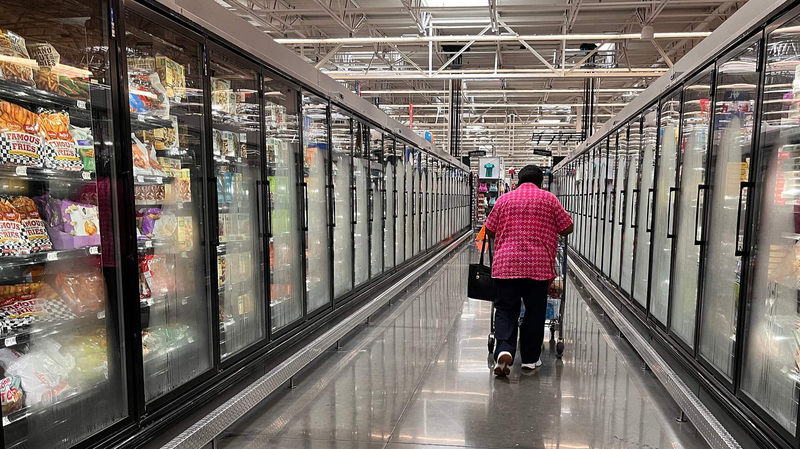The recent wave of US tariff policies has added fresh fuel to ongoing inflation worries, even as growth shows signs of stalling.
According to the US Department of Commerce, the economy shrank at an annualized rate of 0.2% in Q1 2025, a modest revision from the earlier 0.3% drop and the first contraction in three years. Key drivers included a surge in imports that widened the trade deficit—subtracting nearly 5 percentage points from GDP—and a pullback in government spending.
Inflation pressure remains elevated. The core PCE price index, the Federal Reserve’s preferred gauge, registered a 3.4% annualized rise in Q1, edging down slightly from 3.5%. Markets now await April’s PCE data, due this week, for fresh clues.
Federal Reserve officials lament “exceptionally high” uncertainty, according to May’s FOMC minutes, and are holding off on major moves until the fog clears. Atlanta Fed President Raphael Bostic has signaled he favors just one rate cut this year amid uneven growth and persistent inflation.
On Main Street, consumer sentiment remains muted. The Conference Board’s Expectations Index jumped 17.4 points to 72.8 but still sits below the 80 mark that often foreshadows a recession.
Adding to the unease, JPMorgan Chase CEO Jamie Dimon warned that stagflation—a mix of stagnant growth and high inflation— cannot be ruled out. He said: “I would say the worst outcome is stagflation—recession, higher inflation. And by the way, I wouldn’t take it off the table.”
As US trade policy, inflation trends and consumer mood intersect, all eyes are on policy decisions and data releases that will shape the economic path ahead.
Reference(s):
US tariff policies heighten inflation concerns amid slowing economy
cgtn.com

